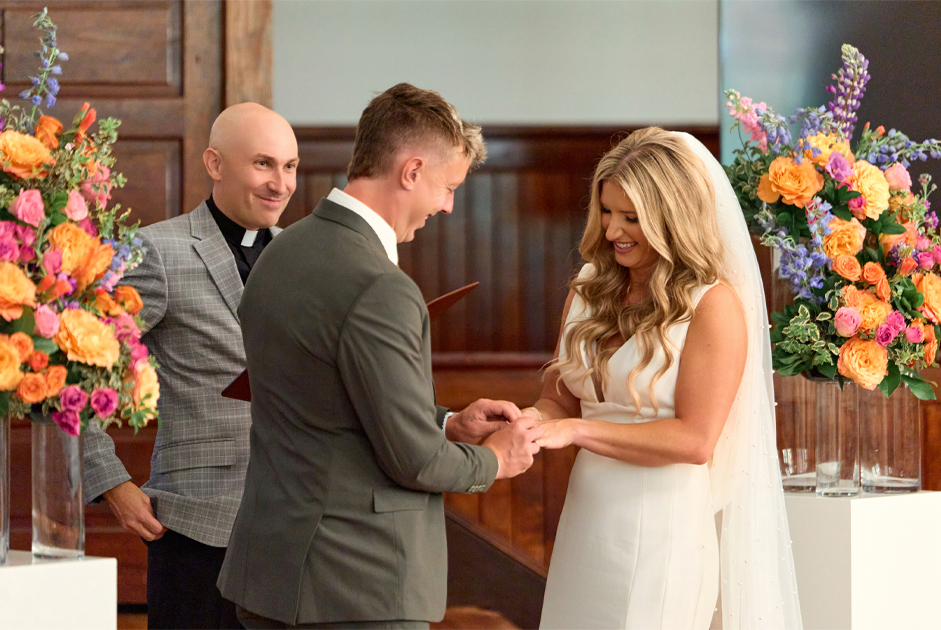BY LISA S.T. DOSS
Who will make our nation’s flag? Through history, we acknowledge one name of this tremendous endeavor – Betsy Ross. Colonel George Ross, Betsy’s uncle and representative of Pennsylvania, was quite possibly the man who suggested her name. Other accounts claim General George Washington visited Betsy and requested a flag based on a sketch featuring 13 six-pointed stars and 13 alternate red and white stripes. As an experienced flag maker with the Navy and an eye for design, the seamstress perhaps made a recommendation to arrange the stars, representing the number of colonies, in a circle, and reduce the stars to five points. One year later, Congress officially adopted the national flag in June of 1777. One hundred years later, documents surfaced from the family to persuade believers of one woman’s role.
Old Glory
In 1824, Massachusetts sea captain, William Driver, received what would become a prized possession, a hand-sewn, 24-starred American flag from his mother’s quilting circle. Flying her colors on the mast for the first time, the captain claimed at first sight, “Old Glory.” Driver wrote in a logbook during a voyage, “It has ever been my staunch companion and protection. Savages and heathens, and the lowly and oppressed, hailed and welcomed it at the far end of the wide world; then, why should it not be called Old Glory?”
After relocating to a residence in Tennessee, Driver hung his 17X10-foot Old Glory, whether rain or shine. From local Confederates to a raid ordered by the Governor, Driver decided to seek help from loyal women in his neighboring household to create a coverlet. Old Glory remained hidden between a layer of quilted materials until a loosened seam revealed a great secret. The flag transferred hands three times from Driver’s daughter to President Harding, and finally, donated to the Smithsonian Institution, the National Museum of American History.
Sunrise to Sunset
In honor of our nation’s symbol, a Flag Code offers instructions to show proper respect towards a flag. At the hour of sunrise, the blue field should rise briskly to the peak of the staff. And, precisely at sunset, lowered slowly into waiting hands and arms, without touching the ground. Flags, illuminated by a light, can fly throughout the night.
Additional Rules:
- Should the material become dirty or cut, it is appropriate to clean and mend.
- On inclement days, the flag should remain at rest.
- The flag should never be sewn or embroidered to a piece of advertising that is discarded after temporary use, or connected to any mark, insignia, letter, word, drawing or figure.
- Only military personnel, firemen, police officers and members of a patriotic organization can wear a flag patch.
- Only the President of the United States or a state’s Governor can order the flag to fly at half-staff. In honor of the nation’s battle heroes, the flag flies at half-staff on Memorial Day until noon and is then risen to full-staff until sunset.
Folding Instructions
Two individuals are required to hold the flag at waist height to ensure its surface is parallel to the ground.
- Begin by folding the lower half of the stripe section lengthwise over the field of stars. Make sure to hold the bottom and top edges securely.
- Fold lengthwise again. The blue field remains.
- For ease, take a step when folding the edge to meet the open, right-side of the flag to form a triangle.
- Turn the outer point inward, aligning edges, to form a second triangle.
- Continue folding until the triangle reveals only the blue field of stars.
- Tuck any remaining hem inside the folds of the flag.
Burning Ceremony
Cremation, throughout history, is a dignified means to pay respect to a worthy object. In the retirement of a flag, the final tribute is a burning ceremony. While U.S. Flag Code does not authorize a specific individual or organization with the duty to retire flags, most American Legion Posts, Cub Scouts, Boy and Girl Scout Troops will consider it a privilege to offer the service to anyone in need.
Patriotic Americans throughout history cried at the sight of the American flag after long voyages, deployments and trips. It resonates a feeling of home, blessing and freedom! As we celebrate the day of our country’s independence, let us remember those who fought for the words it represents and the bravery it demands to continue waving for the cause of freedom!


















